I always approach classics with a certain sense of trepidation, especially if I’m playing them outside of their original release window. Games that might have truly been remarkable in their day and age might come across antiquated and difficult to endure in the present, especially with how much game design has changed over the years. But in the case of the Ys series with its many efforts at modernising older titles, I was relieved to become a convert.
For the longest time, I didn’t realise Ys was pronounced “Yeese” and always called it Y-S. I’d been hearing about this series since I was a kid, but never had the chance to play the games due to the lack of localisation. I finally picked up the remakes of the first two games on the DS and played through them earlier this year. Initially, I wasn’t sold. The bump combat reminded me of another retrogame I struggled with, Hydlide, and I put it down for a while. But some inner instinct (more like an obsessive desire to complete every game in my collection) called me back to it, and suddenly, the game clicked. I was hooked.
Ys is one of the few series I can think of where the protagonist, Adol, remains the same throughout each new entry. When I read Fahey’s great review of the latest game in the series, Ys VIII Lachrimosa of Dana, I was curious what the jump from 2D to 3D would be like and where Adol’s journey had carried him. It didn’t take me long to realise Ys VIII is one of the most fun JRPGs I’ve played on the Switch that also takes some bold leaps with the narrative. It’s also one of the few games I can think of where I cared about almost every character I met.

Lost on Seiren Island
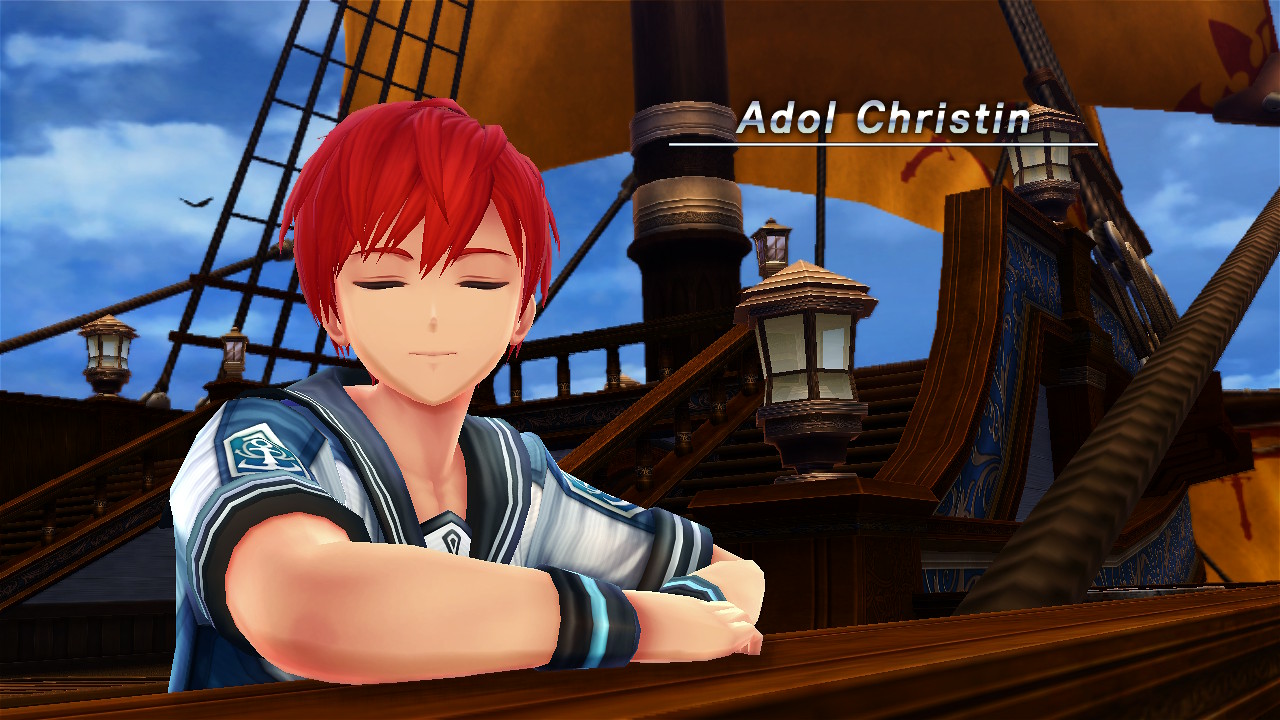
The narrative setup of the eighth Ys appears deceptively simple. Adol and Dogi are crossing the ocean on the ship called the Lombardia. On their way to the continent of Eresia, they’re attacked by a giant monster that sinks their boat and strands them on the mysteriously foreboding island of Seiren. Adol’s goal is to find the other survivors and try to escape. As the game is a standalone title, the fact that I’d skipped most of the other Ys games didn’t make a noticeable difference.
The simplistic plot structure becomes more intricate in its details with a surprising elegance. There’s a lot going on in Ys VIII’s gameplay loop and foremost are the non-playable characters.
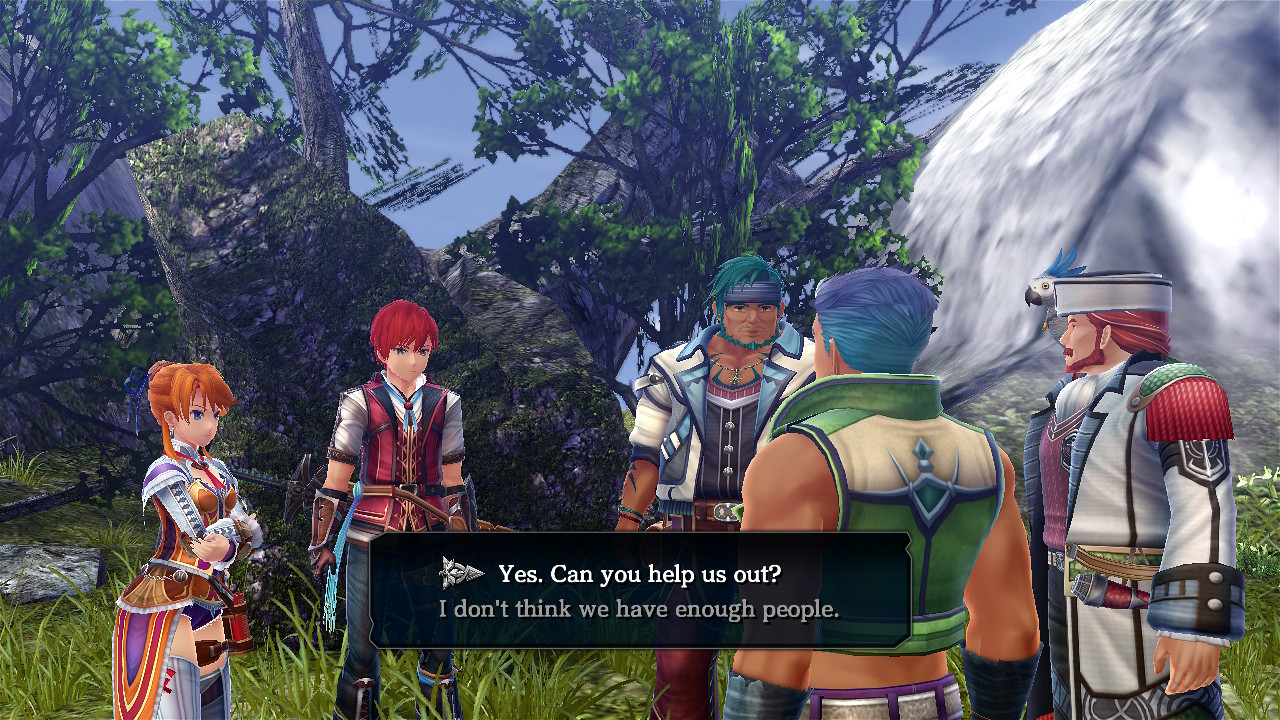
In most RPGs, NPCs like storekeepers and merchants are an anonymous bunch that are more or less interchangeable and serve a purely utilitarian function. Buy and sell stuff in town, then move on. What makes Ys VIII unique in this regard is that you get to know every one of these NPCs and even form relationships with them. Adol spends the early parts of the game finding other survivors, opening up new areas, gathering resources, and trying to make a real home out of the island.
The story is definitely Robinsonade, falling squarely in the anime interpretation of survivalist fiction, but with a more egalitarian angle. Nature is harsh, but the community you foster is up to the challenge. As the appropriately named “Castaway Village” begins to grow, Seiren becomes less bleak.
Gameplay wise, Ys VIII mixes RPG elements with the exploratory aspects of a Metroidvania game, though gatekeeping isn’t limited to equipment upgrades. Physical barriers like massive boulders and gaping chasms block parts of the island and can only be cleared with the help of others; hence, population is directly connected to progress. Finding more survivors also ties in with the mercantile system as the NPCs set up shop to aid Adol. Since there’s no money, the natural resources that the party harvests from wildlife and plants becomes their currency.
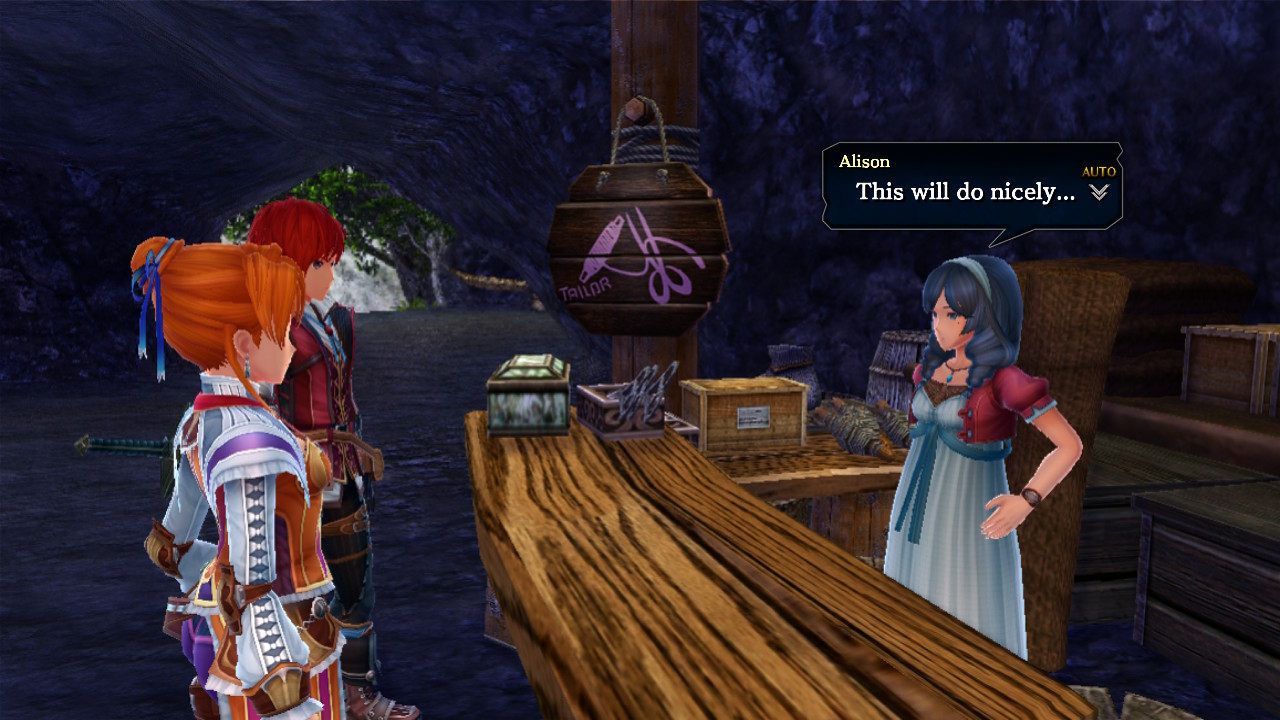
Survivors such as Kathleen can strengthen the party’s weapons through her forge, while the doctor, Kiergaard, provides essential medical supplies for the group. The captain of the Lombardia, Barbaros, becomes de facto leader. He’s a likable captain who’s a steady hand, motivated by his desire to see his young daughter again. There’s a tangible sense of investment with each new member that joins as they physically change a part of the village with whatever it is they can contribute.
But the influence isn’t just economic. The castaways often get attacked by monsters. During these raids, the gameplay shifts into tower defence mode with the entire village coming together to defend against the hordes. They encourage each other and celebrate when they fight well. They also have special stats like the seamstress Alison who can rescue goods and use HP regen, or Sister Nia who can grant her team members temporary unlimited skill use. Each villager has a personal story that involves challenges they’re trying to overcome. Every time a major event takes place, the dialogue of all the NPCs is updated to reflect their thoughts and concerns so that they seem more authentic.
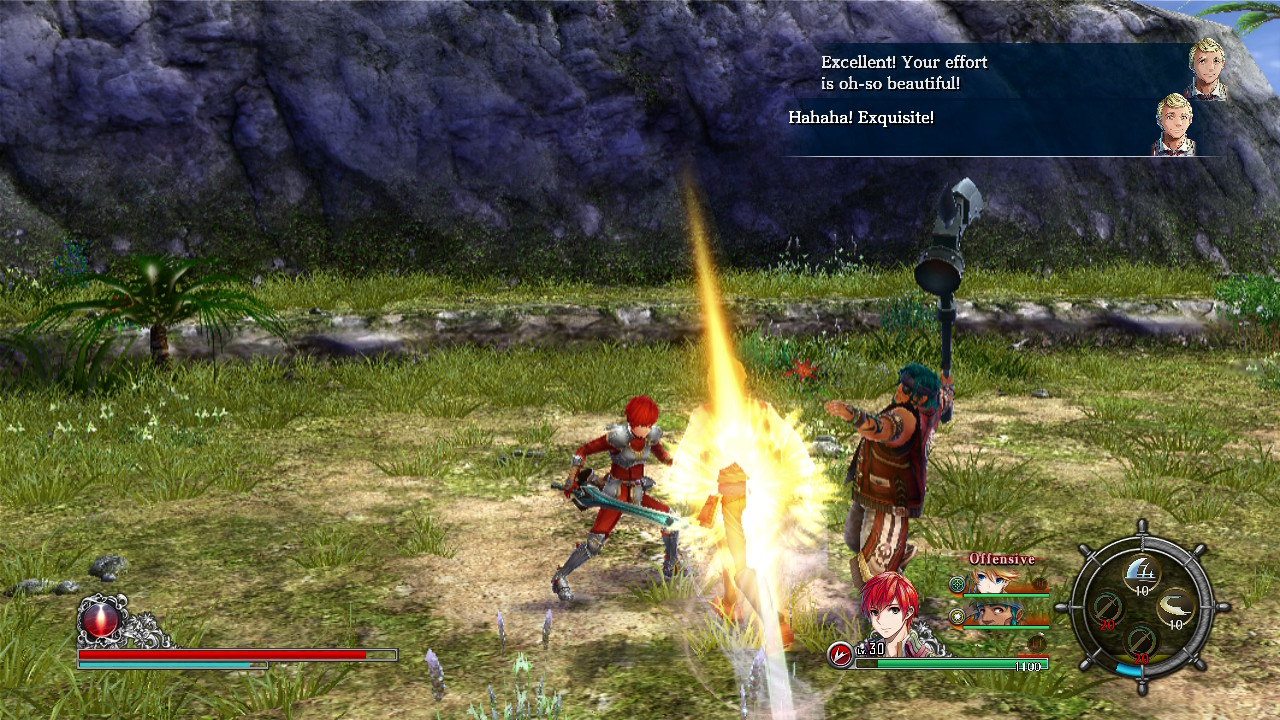
The combat has evolved quite a bit from the bump-attacks of the first two. Fighting is fast-paced and exhilarating with a lot of complexity to be found even if it can essentially be distilled to rock-paper-scissors. It is sad though that the village is wreaking ecological extermination, something some of the villagers point out as a possible explanation for the increase in beastly attacks. It’d be kind of like if a group of people were stranded on the Galapagos Islands and proceeded to kill everything in sight. This “lost world” has no chance against the humans and there’s something depressing seeing these grand creatures extinguished mercilessly by the group, even if the battles are fun to engage in.
When you’re not delivering Armageddon for the wildlife on Seiren Island, mini-games abound, from fishing to cooking and even some farm simulation thrown in. You can buy gifts to improve relationships and go sight-seeing at some of the more spectacular scenes of nature.
If I have one gripe with the game, it’s that instead of the world being seamless, there are partitions that separate into distinct loading screens and break the immersion. Though the loading times are brief, games like Breath of the Wild and even Deadly Premonition make me wonder why Seiren couldn’t just be one huge world.
The Nameless Ripper
As Adol uncovers more about the island, he experiences a series of strange dreams where he seems to be in an alternate reality involving the titular Dana. Dana is somehow connected to the monstrous primordials and finding out the answers to the conundrums she poses is key to getting off Seiren and back on their merry way home.
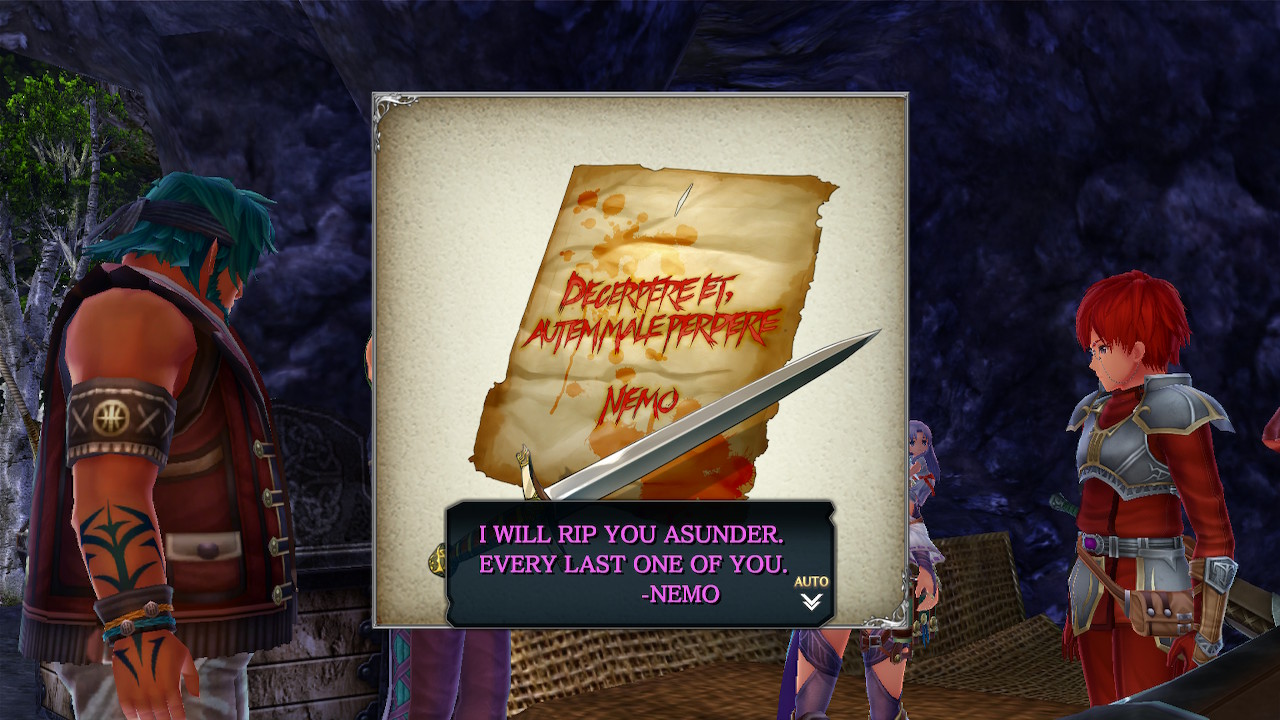
I assumed the game would steer me along this path, but that’s when Ys VIII flips things on its head with a shocking twist straight out of a true crime novel. One of the people on board the ship is a serial killer called the Nameless Ripper. When the captain is attacked under mysterious circumstances, everyone is terrified, especially as he’s certain it was a person that struck him and not some random beast. Fortunately, the doctor, Kiergaard, helps patch all of his wounds. But matters are exacerbated when a mysterious note is left behind signed “Nemo.”
Euron, an officer in the Romun Empire, reveals that Nemo means “Nameless” in the Romun language. The note is the mark of the Nameless Ripper, a serial killer who has been terrorizing the capital, murdering many indiscriminately. Euron had been investigating the Ripper when he got a tip that a possible suspect was boarding the ship, which is how he ended up on Serein with the rest of the survivors.
It’s a chilling scenario that gets worse as the villagers start becoming paranoid of each other. Who’s the actual Ripper? Was it actually someone in the village? Was it someone from the outside they hadn’t found yet? Because I actually cared about everyone I’d met, I worried for their plight. Losing even a single villager would have huge consequences for their survival.
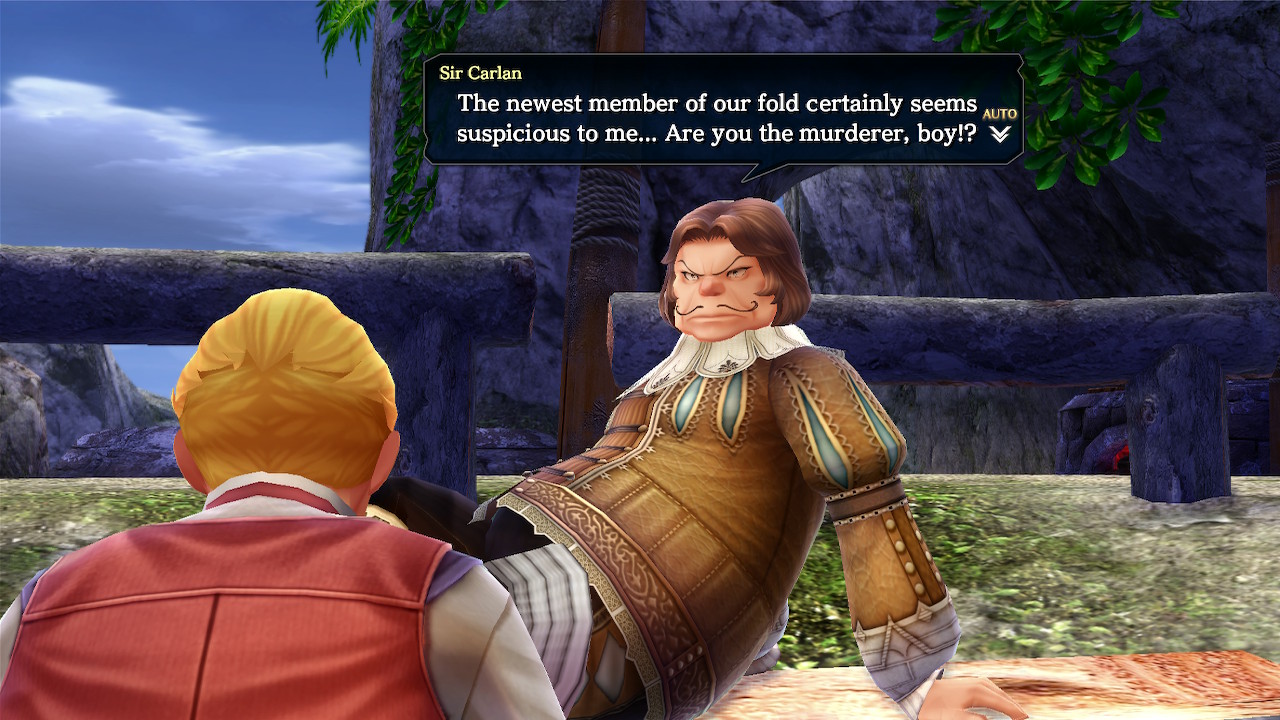
Well, everyone except Sir Carlan, the annoying aristocrat who’s pretty much useless. He gets attacked too, but escapes with minimal damage. He doesn’t hide his paranoia as he starts flinging accusations at the latest survivor they’d found, Licht. When witnesses exonerate Licht, Carlan questions why the villages even have to remain on the island. Carlan is easily the most irksome character in the game and refuses to help out in any way. Worse off, his arrogant desperation starts infecting the villagers who acknowledge that Carlan’s questions make sense with a killer in their ranks. He gets his comeuppance when he hijacks their only escape boat to flee the island. The primordial sea monster that destroyed their ship crushes Carlan, killing him instantly. “One pig down,” the Nameless Ripper gleefully gloats, leaving a bloody red note in the middle of the village.
Who could be so brazen? Adol has to put on his investigative hat and interrogate the villagers, but everyone is a suspect. Meanwhile, the killer gets front row seats to exactly how his acts are affecting the villagers. Adol’s companion, Dogi, urges Adol to help keep the villagers from turning on each other. The doctor, Kiergaard, is confused why the killer doesn’t murder his victims outright and suspects that “he wanted to slowly chip away at their psyches,” making a deeper psychological impact. This is fantasy noir at its eerily finest and the merging of genres worked so well, I wondered why it wasn’t done more often.
The trader, Dina, informs the party that she’d heard about the killer during her time in the capital. One of the companions, Hummel, is questioned about his whereabouts during the attacks. Hummel refuses to reveal what he’s been up to, but even while he finds a way to exonerate himself, suspicions remain.
Slowly, they uncover clues about what happened. When they see someone slipping away, they give pursuit. Laxia almost gets her head cut off by a steel wire trap. She’s able to escape with a flesh wound thanks to her companions, but this Nameless killer seems to be able to move freely. It’s not as though the villagers can hide from this criminal on an island in the middle of nowhere. This is the worst kind of panopticon where the prisoners don’t even know who the jailers are.
The Island Slasher
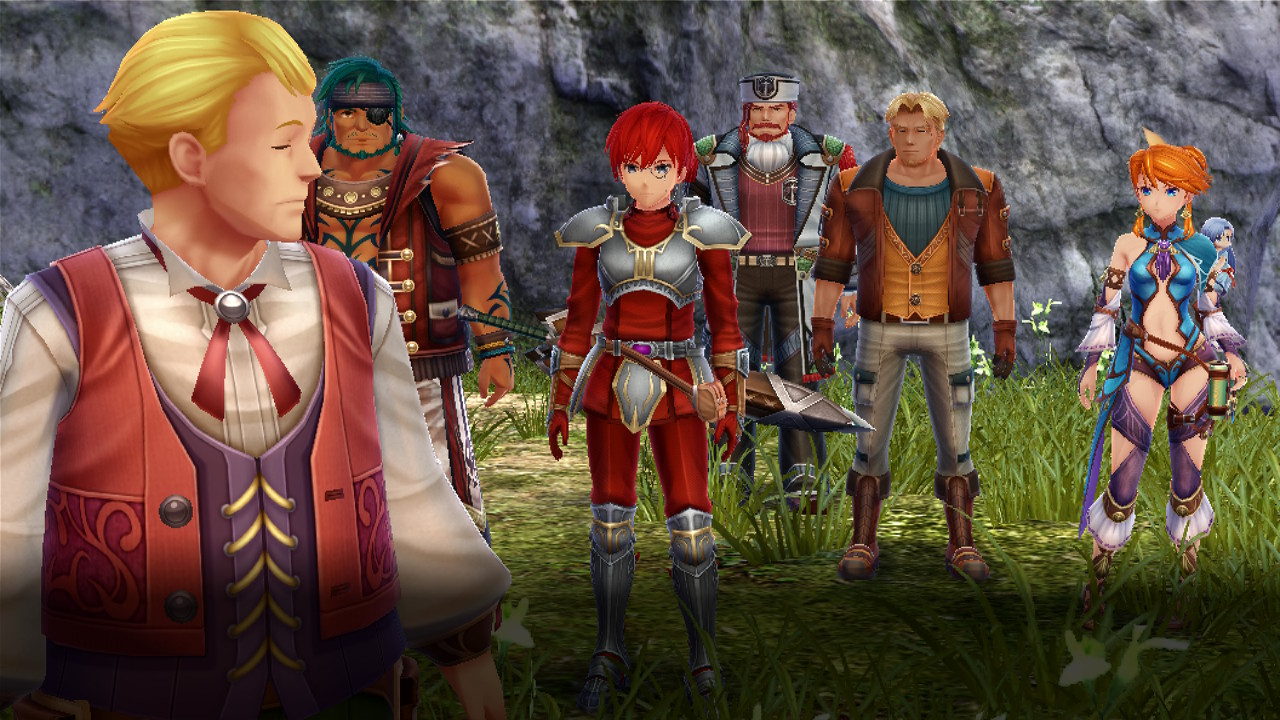
After all the buildup, the secret that betrays the identity of the killer is a bit disappointing. He reveals he’s been somewhere he shouldn’t have and from there, the party makes the conclusive jump that the doctor, Kiergaard, is the Nameless Ripper. Kiergaard doesn’t protest, shows no shame, and instead reveals he’s proud of his role as an arbiter of evil. He revels in the horror he inspires in people, insisting he’s essential in order for the dualistic nature of society to survive.
Ys VIII isn’t afraid to kill main characters and I was stunned that Captain Barbaros falls into the Killer’s trap and dies from his wounds. The mourning that follows is heartfelt and the fact that he won’t be able to see his young daughter again was heart-breaking. When they finally catch Kiergaard and engage him in battle, he can’t help but monologue. He feels his acts of evil brought the villagers closer together. He’s consumed by the aesthetic effects of his immoral acts. The irony of a crime rendering the opposite repercussion fascinates him and he deludes himself into thinking his role is essential for the survival of the village. Like most monomaniacal villains, he’s fallen in love with his own voice, unconcerned with reality or the horror with which the villagers regard him.
While Adol is victorious in battle, Kiergaard begins to flee, promising an endless cycle of murder. But in a random turn of events, a primordial creature, the Avalodragil, comes and devours him. Kiergaard takes it in stride, marveling that this is the death he’s inflicted on so many others. He embraces the absurdity of existence and his abrupt end as he’s eaten alive. This man, representing evil incarnate, is nothing in the face of an indifferent nature a la Moby Dick. Destiny and all the evil in the world can’t help him against a carnivorous dinosaur bent on having its dinner. No, you need orichalcum for that.
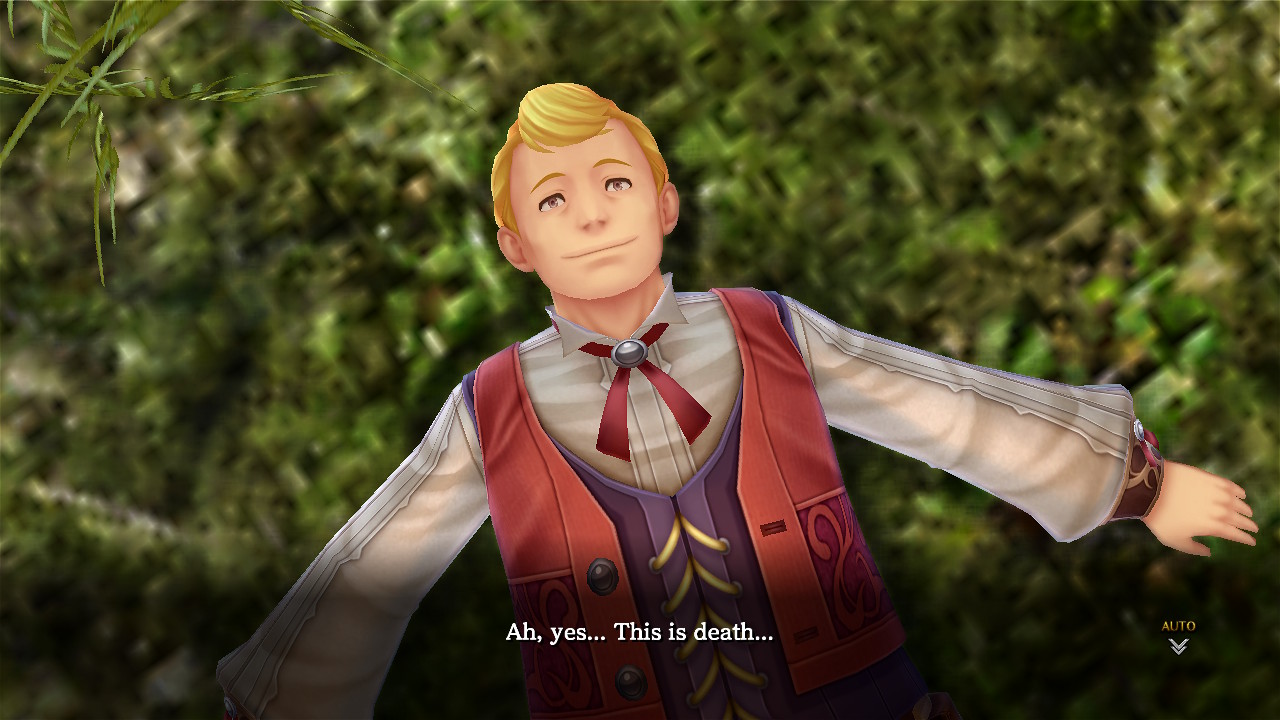
In the aftermath of the two deaths, the survivors change. The funeral for the captain that follows is tragic as the entire village has been dealt an unthinkable blow. The previously withdrawn Euron steps up to take more of a leadership role. Sister Nia, the devout nun, has her faith shaken by the killer’s presence and in a side quest, reveals her desire to take more action. The bonds of the survivors increases, and the conflicted irony is that this was exactly what Kiergaard had stated would happen. His firm conviction that the “beauty” of good can only be accentuated by the depravity of evil is all but confirmed. Ultimately, he strikes even more fear in the villagers by his ignominious death. Did they have any chance against a primordial?
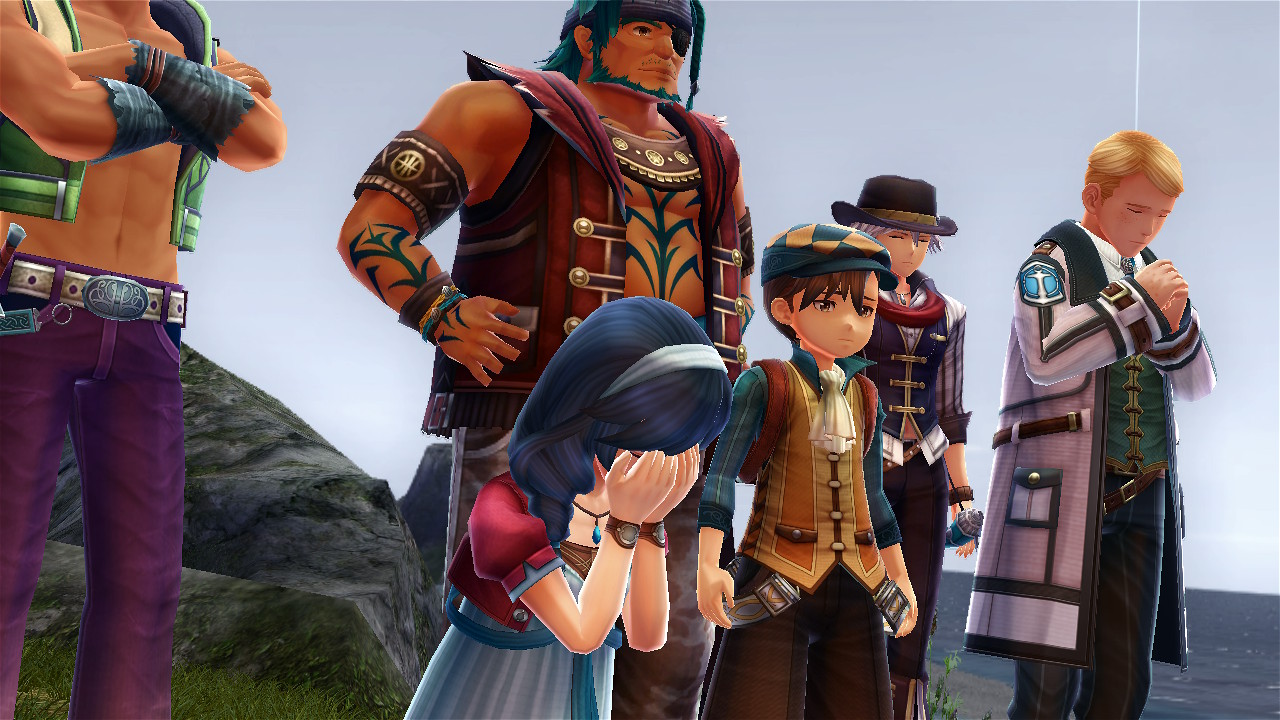
The severity of the killings makes the ensuing victories even more poignant. In one of the side quests, Sahad describes a custom he used to have at his village. They’d plant a wishing tree to bring the community together. Adol and party find a tree that fits the bill and brings it back to the Castaway Village. Everyone is asked to write a wish on a shell and hang it from the tree. They’re not allowed to write the obvious, which is to escape the island. Even though the stated goals are simple, it gives players a sense of who all the characters are and what they aspire to. When the party finally discovers a metal that can defeat the primordials (the previously mentioned orichalcum), the whole village celebrates jubilantly and I could empathise with their sense of hope after so much suffering.
I’ve played a lot of RPGs, so it’s rare for one to surprise me and simultaneously make me feel a closer bond to the characters. Ys VIII achieved all of that and more. Although I’d never want to be stuck on an island with a bunch of deadly monsters, if I were, there’s no other group I’d rather be with.
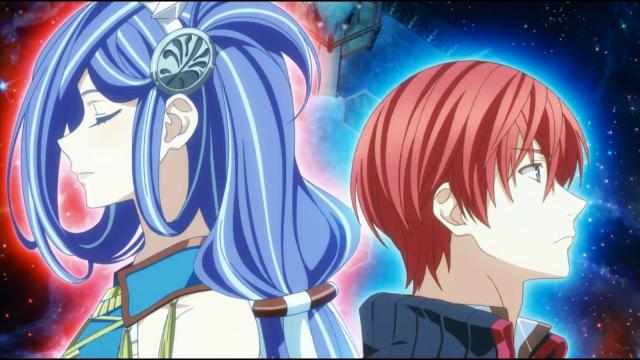
Leave a Reply